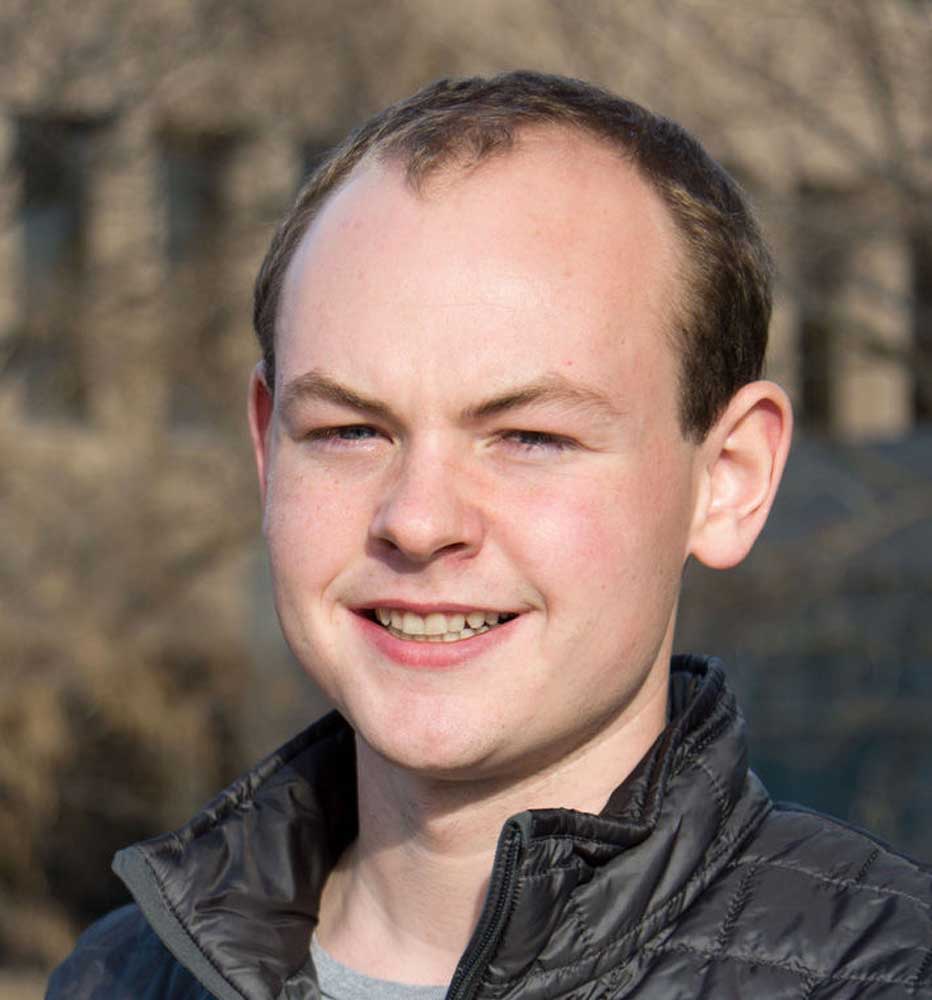Scratchpad: Pyxis Quartet delivers beauty in chaotic darkness
Published 2:00 pm Wednesday, June 26, 2019

- Jonathan Williams
Hearing a piece of music played in total darkness is a truly singular experience.
From sounds like a car engine revving to a subway car screeching, sirens, a machine and music similar to “Psycho,” the thrilling, transfixing performance of George Frederich Haas’ String Quartet No. 3 performed by the Pyxis String Quartet at the Liberty Theatre on June 21 was exceptional.
There was a collective anticipation in the auditorium before the lights were completely extinguished and the only glints came from the mostly covered exit signs. Audience members were instructed to clap once if they needed to leave and an usher would come find them.
It was a bit disorientating when the lights went completely down. It took about a full minute or two to let your eyes adjust. Even then, it was difficult to make out a clear outline of who was sitting next to you.
The quartet, comprised of violinists Ron Blessinger, Gregory Ewer, violist Charles Noble and cellist Marilyn de Oliveira, made a rectangle with each of them taking a corner at the edge of the block of seats closest to the stage, creating a different sound experience depending on where you were seated.
What enfolded was an 18-episode piece with a beginning, end and 16 episodes in the middle. The quartet explained that the piece has “invitations and responses” which can be accepted or not. Each particular episode has specific requirements.
The piece, composed in 2001, has a Catholic subtext and is set the night before Easter and focuses on the dislocation from God.
There were pizzicatos, abrupt squeaks, bouncing on the fingerboard, dragging, slides, screeches, sawing and bouncing.
The piece holds a spectrum of extremes: descents and ascents, harmonics, echoey trills, tremolos, key changes, arpeggios, occasional unisons and vibrato and louder moments made bolder by the almost inaudible pianissimos.
You could feel the mood in the room change as the piece took twists and turns, too.
While it could be frustrating at times to listen to the creeks and screeches, the difficulty of pressing lightly on the fingerboard or pressing extremely hard on the strings demonstrated the quartet’s musicianship.
Playing in the dark is also hard for the musicians: they can’t see each other, their music or the audience. It requires them to have “big ears” and listen extremely hard to each other.
According to Blessinger, the piece can last as long as one hour and 20 minutes or as short as 20 minutes. The quartet has clocked in at just over one hour each time they’ve played it, he said.
By about 45 minutes into the piece, you could hear someone who had dosed off softly snoring.
But that was quickly changed by an intense sense of taking flight and ascending higher through a sustained climb produced by the players sawing away until you could feel the machine they created cooling down and turning off until the sound petered out to nothing.
As experimental as the piece is, Blessinger said the quartet still has to rise above the notes to achieve liftoff. And they certainly did.
This powerful, monumental performance was a truly remarkable experience and one that Astorians are lucky to have a theater willing to take a risk to program.








